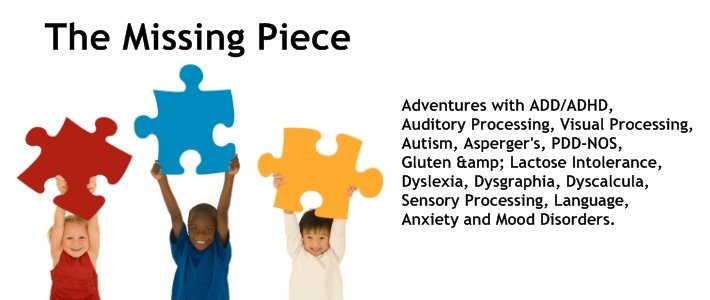Although the exact cause of Scotopic
Sensitivity Syndrome has yet to be established, it appears to be a
visual-perceptual problem. It is possible that it could be originating either
in the retina of the eye or in the visual cortex of the brain. Other symptoms
that may or may not coexist along with the visual distortions include becoming
very sleepy and experiencing auditory distortions. There is some suspicion that
what is termed Scotopic Sensitivity may actually encompass more areas of the
brain than just the visual cortex for some. The following is a hypothetical
explanation, based on current research into Scotopic syndrome.
In the visual system, there are two
separate visual processing pathways, the Magnocellular, or Fast, and the
Parvocellular, or Slow. The Fast pathway does not see colors, and is
responsible for discerning movement, depth and high contrast images. The Slow
pathway determines color, fine details and resolves low contrast images. The
Fast pathway is also responsible for inhibiting the slow pathway when the eyes
are moved, so that the image of what was previously being looked at does not
persist. It appears that in people with Scotopic Sensitivity Syndrome, the Fast
pathway is disabled to some extent. This seems to affect the ability of the
Fast pathway to inhibit the Slow pathway, which in turn, results in images
persisting when the eyes are moved. As a result, the brain perceives overlapping
images. In severe cases, when the brain tries to interpret these images, it
perceives images that aren't there. The individual may "see" letters
moving on the page, blurring or forming strange patterns. In less severe cases,
the misperceptions do not occur or may be suppressed, but the brain expends
more energy in processing the images than is required by most people, resulting
in headaches, eyestrain, and/or fatigue. These problems generally get worse the
longer a person tries to read, or do other visually intensive activities.
Bright lights, fluorescent lights,
or glossy paper will often make the problems worse, as the extreme contrast
will increase the problem of persistent images. Scotopic Sensitivity Syndrome
manifests itself most strongly when reading words or music, because of the
repetitive patterns on the page. When the eyes scan across the page, the
patterns of words on the page and persistent images will jumble in a manner
that is difficult for the brain to interpret properly. An individual can be
assessed with a wide array of color overlays to find the most suitable color.
The color filters appear to act by blocking some of the light which would
normally activate the Slow visual pathway, in effect taking over the inhibitory
role of the Fast pathway, and thus appear to reduce or eliminate the persistent
images. The filters stop the confusing signals from being sent to the brain,
and the individual will see the page more normally and easily. This treatment
may also be helpful to individuals who experience other related problems, such
as faulty depth perception or night driving difficulties.
It has also been found that Scotopic
syndrome may also appear when the reader is reading words that are non-picture
words. When the brain becomes confused it will go back to earlier developmental
stages to find a way to cope with the stressor. Confusion over non-picture
words can also cause the text to appear to move.
Determining if the effects of text
appearing to move is originating from the visual cortex, or from the area of
the brain in charge of visualizing images, may be key to resolving this issue.













